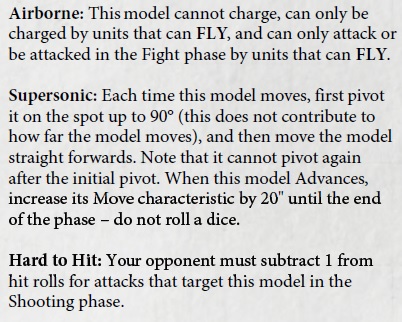That said, I don't think you need to get rid of function calls. I think the sections of the MM that deal with tactics should be much more detailed, and they should explicitly note why certain function calls get used. The wyvern's block is just this:
The Wyvern has all sorts of interesting tricks, but I would forgive any DM who just played a Wyvern as a dive bombing grappler. And some MM entries are just totally useless:Wyvern wrote:Wyverns are rather stupid but always aggressive: They attack nearly anything that isn’t obviously more powerful than themselves. A wyvern dives from the air, snatching the opponent with its talons and stinging it to death. A wyvern can slash with its talons only when making a flyby attack.
That's literally it. No mention of what those abilities are, or why the Devourer uses them. Contrast that to the Pit Fiend entry, which has an entire section on tactics:Devourer wrote:Even if it had no special abilities, a devourer would be a terrible opponent, for its bony claws can flay enemies alive.
This gives DMs a framework for creating Pit Fiend encounters without reading up on the Pit Fiend's 14 different SLAs.Pit Fiend wrote:A pit fiend typically opens combat by using its spell-like abilities, attempting to neutralize dangerous opponents before entering melee.
- Prior to combat: Unholy aura; activate fear aura, summon devil.
- Round 1: Quickened fireball and mass hold monster if facing three or more visible, active opponents; otherwise power word stun against unarmored opponent (preferably a spellcaster).
- Round 2: Meteor swarm against as many foes as possible, approach worst-injured enemy.
- Round 3: Full attack against injured enemy.
- Round 4: Continue melee against injured enemy, or power word stun against annoying spellcaster.
- Round 5: Repeat from round 1, or greater teleport to safety if endangered.
3e started doing this more often later in the game's life with products like MM3. For example, the eldritch giant gets a 4-round tactics breakdown that calls out its unique features (quickened dispel magic and empowered magic missile). MM3 also happens to be when WotC started padding out monster entries with fluff, so maybe it's just a lucky coincidence.
In any case, I would love to see tactics entries for monsters like the Wyvern that could hold a DM's hand through a combat. As cool as 3e is, it is a seriously inaccessible game.
